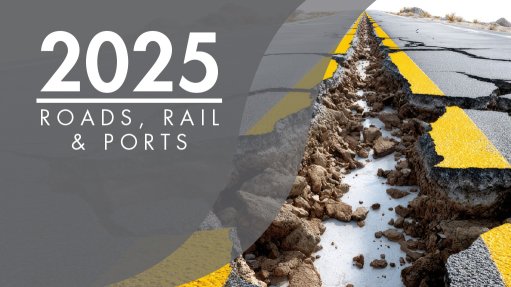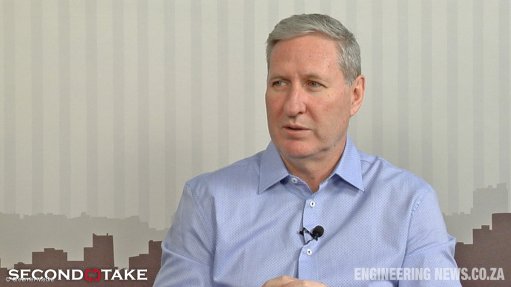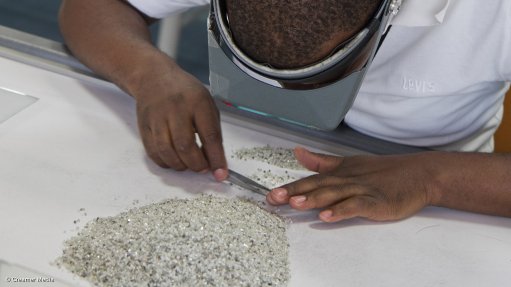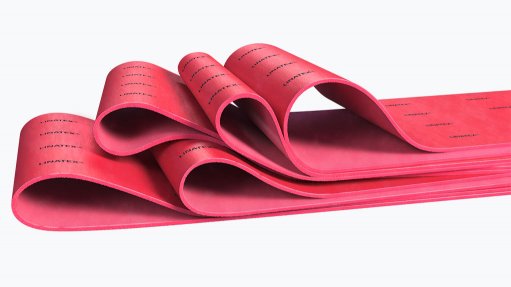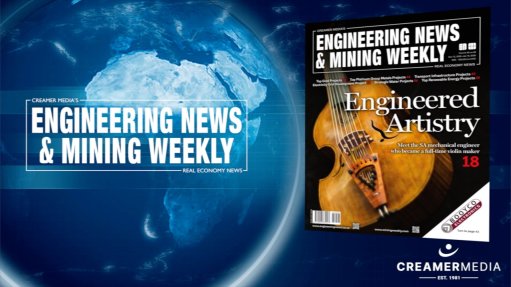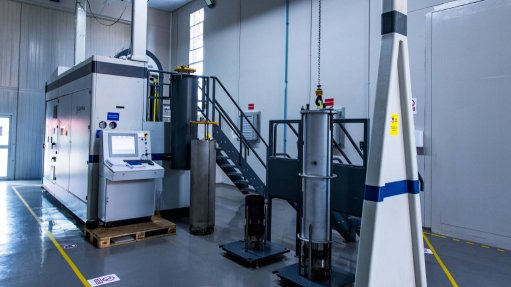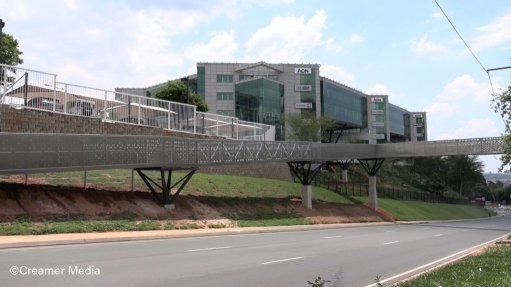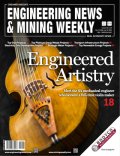Corrosion control, a critical aspect of aviation safety

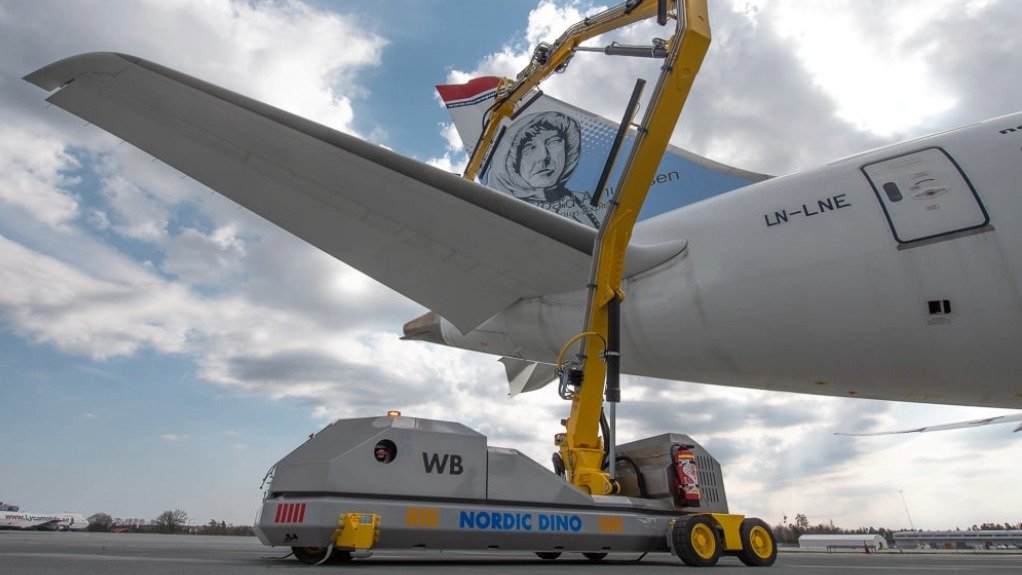
SALT INDUCES CORROSION De-icing fluids and salt – which are used to keep runways operation – protect against dangerous ice, but the residue left behind by salt will cause paint to deteriorate until metal is exposed to air and moisture, resulting in significant corrosion
Photo by Nordic Dino Robotics
Corrosion is a well-known threat to the longevity and safety of vehicles, and aircraft are no exception. Aircraft maintenance company Nordic Dino Robotics states that corrosion, if left unchecked, has the potential to cause serious structural and system failures, making corrosion control a critical aspect of aviation safety.
Nordic Dino Robotics COO Veronika Andrianovaite adds that the potential risk is why it is essential to stay on top of maintenance and prevent corrosion from developing.
“After all, it’s our priority to ensure that aircraft remain as safe and reliable as possible. In our industry, the only standard that needs to be followed when it comes to airworthiness is excellence,” states Andrianovaite.
She notes that, when certain metals come into contact with water and oxygen, a natural oxidation process begins, whereby these metals are converted to more stable compounds such as oxides or hydroxides. This process can fundamentally threaten durability and airworthiness.
Andrianovaite illustrates that throughout the Nordic winters, airports will regularly use de-icing fluids and salt to keep runways operational. She points out that while these substances protect against dangerous ice, other risks are created.
The salt leaves behind a residue, causing the paint to deteriorate, eventually exposing metal to air and moisture. Over time, this can lead to significant corrosion on vehicles. “Aircraft face similar challenges, particularly when based near coastal areas where salt exposure is constant.”
Further complicating the challenge is the fact that there are different types of corrosion that can impact an aircraft. Understanding that these various types of corrosion attack the aircraft in different ways is important.
An example of this is galvanic corrosion, which occurs when different types of metals come into electrical contact in the presence of an electrolyte such as salt water. This tends to be more common on mixed metal assemblies.
“There is pitting corrosion, where localised corrosion creates little cavities in the surface of the material.” She notes that this typically occurs when aluminium alloys are exposed to chloride.
Further, in places where there are confined spaces, such as joints, the collection of stagnant moisture can lead to crevice corrosion. Meanwhile, wear and corrosion can occur at points where there is repetitive mechanical motion, resulting in fretting corrosion.
“An aircraft is a complex mechanical system, which means you need to be extra vigilant,” Andrianovaite emphasises.
Combating Corrosion
The process of corrosion is “relentless”, with its onset being fast and destructive. Andrianovaite cites an anecdote from a client involving the transportation of salted fish.
The freight had always been placed in the luggage compartment, which after six months had become corroded, owing to the salty nature of the product, damaging to the aircraft structure.
She advises that, with aircraft one needs to be aware of the places that are the most susceptible to corrosion. This includes regularly inspecting the fuselage and skin panels, wing and tail surfaces, landing gear, engine components, fasteners and connection points.
However, Andrianovaite notes that the reality is that the best way to protect an aircraft from corrosion is to wash it regularly.
“Boeing, for example, recommends that crack and corrosion inspections should be performed every quarter, [which is when] airlines typically schedule aircraft washing so that they can minimise cleaning expenditure.”
This approach, according to Andrianovaite, might appear cost-effective initially, but by scheduling washing so infrequently, airline companies are opening themselves up to the possibility of corrosion developing. Once this happens, aircraft might require more downtime, and it may even result in service disruptions.
However, she points out that airlines are becoming increasingly aware of these issues.
Andrianovaite comments that, fortunately, rather than airlines having to invest in specialised training and equipment, it is now possible for service providers to deploy skilled technicians to client locations, where they can perform comprehensive cleaning services.
Article Enquiry
Email Article
Save Article
Feedback
To advertise email advertising@creamermedia.co.za or click here
Comments
Press Office
Announcements
What's On
Subscribe to improve your user experience...
Option 1 (equivalent of R125 a month):
Receive a weekly copy of Creamer Media's Engineering News & Mining Weekly magazine
(print copy for those in South Africa and e-magazine for those outside of South Africa)
Receive daily email newsletters
Access to full search results
Access archive of magazine back copies
Access to Projects in Progress
Access to ONE Research Report of your choice in PDF format
Option 2 (equivalent of R375 a month):
All benefits from Option 1
PLUS
Access to Creamer Media's Research Channel Africa for ALL Research Reports, in PDF format, on various industrial and mining sectors
including Electricity; Water; Energy Transition; Hydrogen; Roads, Rail and Ports; Coal; Gold; Platinum; Battery Metals; etc.
Already a subscriber?
Forgotten your password?
Receive weekly copy of Creamer Media's Engineering News & Mining Weekly magazine (print copy for those in South Africa and e-magazine for those outside of South Africa)
➕
Recieve daily email newsletters
➕
Access to full search results
➕
Access archive of magazine back copies
➕
Access to Projects in Progress
➕
Access to ONE Research Report of your choice in PDF format
RESEARCH CHANNEL AFRICA
R4500 (equivalent of R375 a month)
SUBSCRIBEAll benefits from Option 1
➕
Access to Creamer Media's Research Channel Africa for ALL Research Reports on various industrial and mining sectors, in PDF format, including on:
Electricity
➕
Water
➕
Energy Transition
➕
Hydrogen
➕
Roads, Rail and Ports
➕
Coal
➕
Gold
➕
Platinum
➕
Battery Metals
➕
etc.
Receive all benefits from Option 1 or Option 2 delivered to numerous people at your company
➕
Multiple User names and Passwords for simultaneous log-ins
➕
Intranet integration access to all in your organisation





